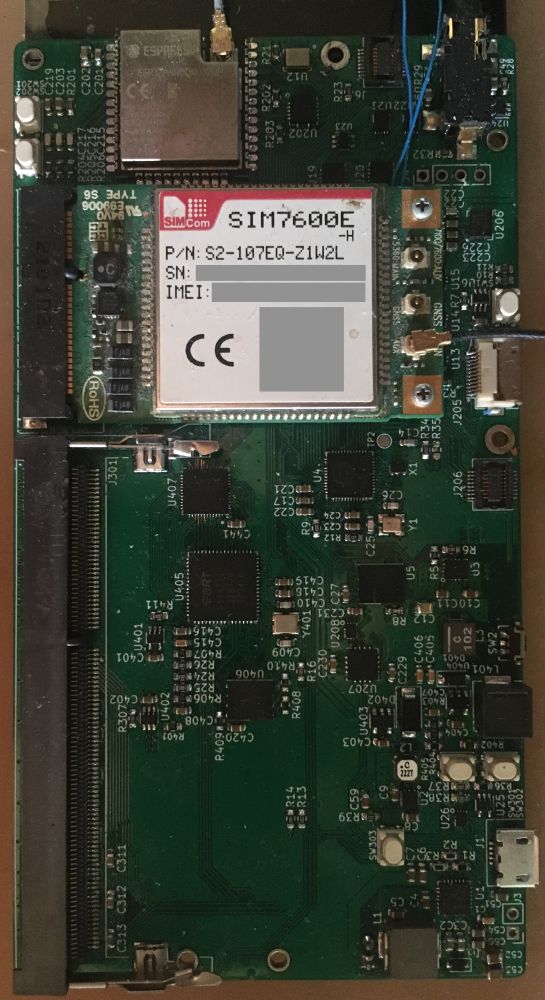The mikroPhone is a mobile phone that, at least in theory, you can assemble yourself. It’s built using a combination of off-the-shelf components and custom-designed parts, but you can find a complete list of components, schematics, and PCB manufacturing files on the “How to build my mikroPhone” page.
Why build your own phone? In this case, the goal is to have more control over your device. The project aims to use hardware that is “as open as possible” while also including enhanced privacy features.

However, the design is still in progress at this time. There are instructions for assembling a phone with basic functionality, but if you want to run apps like a web browser, you may have to wait a while. The assembly instructions mention a 5-inch, 854 x 480 pixel LCD display, but I haven’t seen any photos of the device with the screen attached. There are no cases for mobile phones yet. It’s also unclear if and when you’ll be able to purchase a fully assembled mikroPhone if you find it a bit difficult to assemble it yourself.
At the heart of the board is the SiFive Freedom E310-G002 RISC-V microcontroller that handles basic phone functions. This is the only processor that communicates with microphones, cameras, and other sensors, limiting a malicious attacker’s ability to access these sensors.
However, your phone also depends on several other components to function. There is an ESP32 WiFi+ Bluetooth module and a mini PCIe module for cellular modems such as SIMCom SIM7600X and Quectel EC-25.
Combined with a display controller, audio chip, battery, and SD card reader, these components should be enough to make phone calls and send messages. The developers of the mikroPhone project say that the underlying operating system that supports these features is “nearly complete.” Function completed. ”
However, if you want to run a full-fledged smartphone operating system with support for a web browser and other apps, you’ll need a little more power than that. So the team is also working on adding support for add-ons called “App Moodules,” which are essentially computers on modules that can run another operating system, such as a mobile Linux distribution or a custom Android-based ROM. The current idea is something like the NXP i.MX 8M Plus quad-core ARM Cortex-A53 processor module.
Although RISC-V microprocessors (MCUs) and ARM-based application modules share a screen and a touch input panel, users can actually interact with only one at a time. That seems… a little strange. You can’t make phone calls or send text messages from the Linux or Android operating systems, and it looks like you’ll need to switch to the MCU operating system and then back to the full-fledged OS to use those features. . Run more complex applications.
From Hacker News and HackADay


